Journal list menu
Export Citations
Download PDFs
Cover Picture
Cover Picture
- Page: 113
- First Published: 18 January 2020
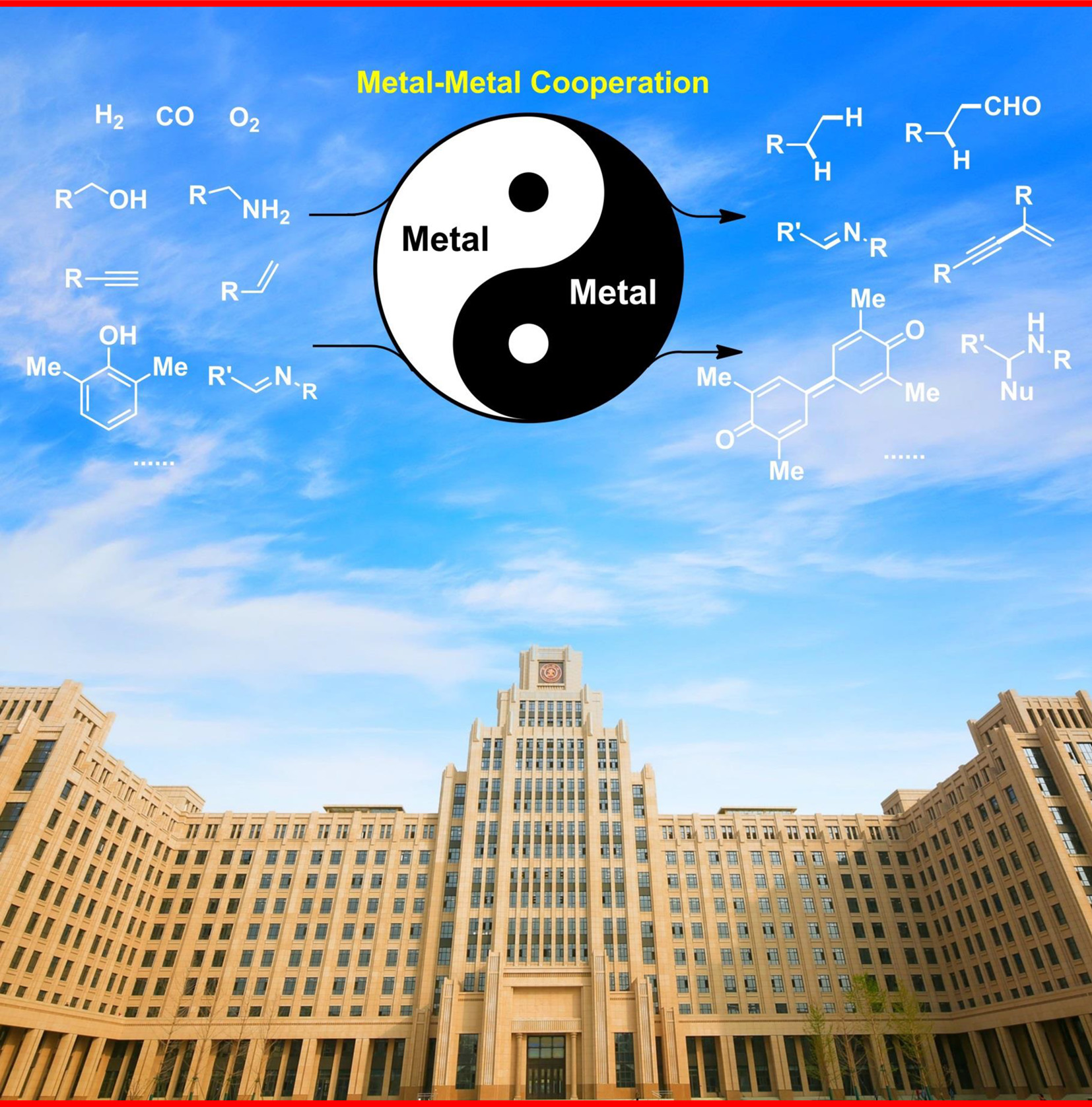
The cover picture shows a critical review on the organic reactions catalyzed by dinucleating complexes via metal-metal cooperation. The reaction modes for the catalysis involving late transition metals are including the bimetallic co-activation of single molecules and dual-activation of two molecules. More details including the pathways of the metal-metal cooperation are discussed by Zeng et al. on page 185—201.
Inside Cover
Inside Cover
- Page: 114
- First Published: 18 January 2020

The bifunctional roles of CH3COO– (complexation effect and decreasing temperature of PVP complete decomposition) are utilized to synthesize electrospun LaCoO3 perovskites at a low-temperature 400 °C. The obtained material can be applied in the catalytic oxidation of volatile organic compounds, like stable propane. More details are discussed in the article by Luo and Qian et al. on page 144-150.
Contents
Chemistry Author Up Close
Reconstitution of Motor Proteins through Molecular Assembly
- Pages: 123-129
- First Published: 31 October 2019
Concise Reports
Quantification of the Activation Capabilities of Lewis/Brønsted Acid for Electrophilic Trifluoromethylthiolating Reagents
- Pages: 130-134
- First Published: 19 November 2019
NHC-catalyzed Redox-Neutral Aza-Benzoin Reaction of Aldehydes with Tetrahydroisoquinolines
- Pages: 135-138
- First Published: 04 December 2019
Organic Ligand-Free Hydroformylation with Rh Particles as Catalyst
- Pages: 139-143
- First Published: 20 November 2019
Insights into the Low-temperature Synthesis of LaCoO3 Derived from Co(CH3COO)2 via Electrospinning for Catalytic Propane Oxidation
- Pages: 144-150
- First Published: 20 November 2019
Palladium-Catalyzed Asymmetric [4+3]-Cyclization Reaction of Fused 1-Azadienes with Amino-trimethylenemethanes: Highly Stereoselective Construction of Chiral Fused Azepines
- Pages: 151-157
- First Published: 20 November 2019
![Palladium-Catalyzed Asymmetric [4+3]-Cyclization Reaction of Fused 1-Azadienes with Amino-trimethylenemethanes: Highly Stereoselective Construction of Chiral Fused Azepines](/cms/asset/41d8e29b-8e09-4e63-a018-59614a964bc2/cjoc201900430-toc-0001-m.jpg)
A Pd-catalytic asymmetric aromative [4+3]-cyclization reaction of amino-trimethylenemethanes (TMM, 1,3-dipoles) with fused 1-azadienes has been developed. This method enables access to the synthetically important and biologically active benzofuran fused azepines and indeno-azepines in excellent efficiency and stereoselectivity (up to 95% yield, 98% ee, > 19 : 1 dr).
Isoxazolone Reactivity Explained by Computed Electronic Structure Analysis
- Pages: 163-168
- First Published: 04 November 2019
Dehydroxylative Trifluoromethylthiolation, Trifluoromethylation, and Difluoromethylation of Alcohols
- Pages: 169-172
- First Published: 06 December 2019
Facile Synthesis of α-Haloketones by Aerobic Oxidation of Olefins Using KX as Nonhazardous Halogen Source
- Pages: 173-177
- First Published: 06 December 2019

An operationally simple and safe synthesis of α-haloketones using KBr and KCl as nonhazardous halogen sources is reported. It involves an iron-catalysed reaction of alkenes with KBr/KCl using O2 as terminal oxidant under the irradiation of visible-light. This strategy avoids the risks associated with handling halo-contained electrophiles.
Comprehensive Reports
The Promotion Effect of NaCl on the Conversion of Xylose to Furfural
- Pages: 178-184
- First Published: 15 December 2019
Critical Review
Metal-Metal Cooperation in Dinucleating Complexes Involving Late Transition Metals Directed towards Organic Catalysis
- Pages: 185-201
- First Published: 19 November 2019

Cooperatively bimetallic organic catalysis has witnessed rapid developments during the last decades. Herein, we demonstrated perspectives of some contributions in the field of cooperative bimetallic organic catalysis using dinucleating complexes with late transition metals. Based on different activation modes for the catalysis, the major advances are classified into: (1) Bimetallic co-activation of small molecules; (2) Bimetallic co-activation of single molecules; (3) Bimetallic dual-activation of two molecules. We discussed the mechanisms to understand the way of the metal-metal cooperation involved in the catalytic cycles.
Cornerstones in Chemistry
Chen's Reagent: A Versatile Reagent for Trifluoromethylation, Difluoromethylenation, and Difluoroalkylation in Organic Synthesis†
- Pages: 202-212
- First Published: 02 December 2019
Emerging Topic
Chiral Phosphoric Acid Creates Promising Opportunities for Enantioselective Photoredox Catalysis
- Pages: 213-214
- First Published: 23 December 2019
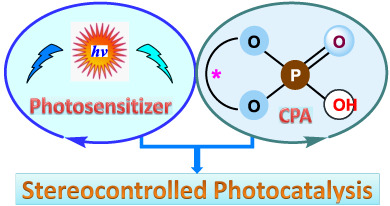
In recent years, visible light driven enantioselective chemical transformations have emerged as new additions to the toolkit of synthetic chemists to accomplish more efficient assembly of chiral molecules. Nonetheless, implementing precise stereocontrol on photoinduced intermolecular radical coupling process remains arduous. Recent studies unveil the underexplored competence of chiral phosphoric acid for this class of asymmetric photoredox reactions, endowed by its capability as a bifunctional H-bonding catalyst for synchronous interaction with radical intermediate and substrate while channeling the cross-coupling in a highly enantioselective manner. This paper highlights the recent advances, future outlook as well as the prospective challenges in this research area.
Pillar[n]arenes: Chemistry and Their Material Applications
- Pages: 215-217
- First Published: 21 December 2019
Inside Story
Adenosylhopane Biosynthesis by the Radical SAM Enzyme HpnH†
- Pages: 218-219
- First Published: 12 December 2019
Dehydrative Glycosylation Mediated by 2-Aryl-1,3-dithiane 1-Oxide via Sequential Activation of Sulfoxide and Sulfide
- Pages: 220-221
- First Published: 06 December 2019
Inside Back Cover
Inside Back Cover
- Page: 223
- First Published: 18 January 2020
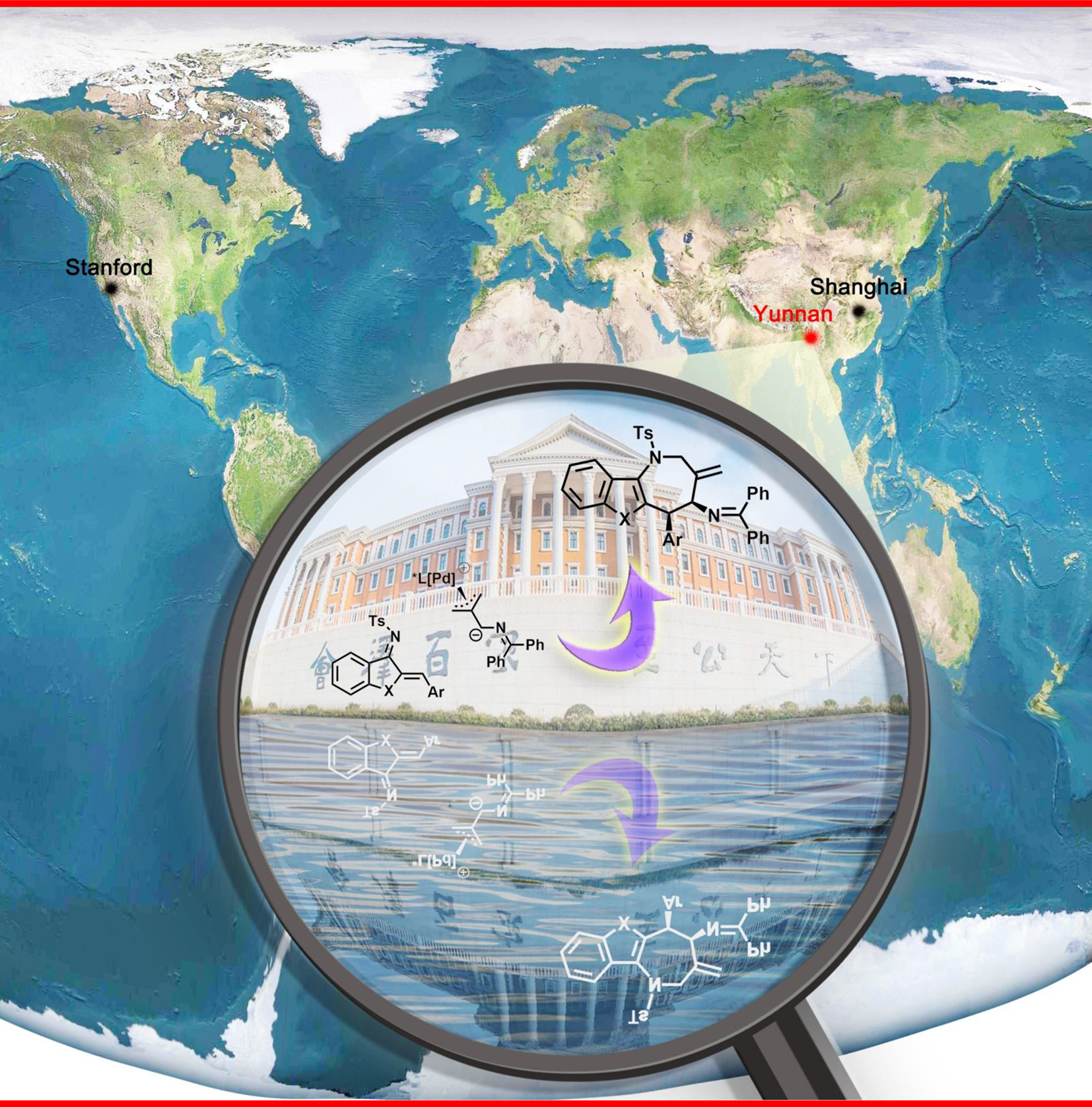
Development of efficient catalytic asymmetric synthesis of chiral seven-membered nitrogen-containing heterocycles has been great important because their occurrence in a great number of pharmaceuticals and natural compounds. This work developed a Pd-catalyzed asymmetric aromative [4+3]-cyclization reaction of amino-trimethylenemethanes (TMM, 1,3-dipoles) with fused 1-azadienes, which enables access to synthetically important and biologically active benzofuran fused azepines and indeno-azepines in excellent efficiency and stereoselectivity (up to 95% yield, 99% ee, >19 : 1 dr). More details are discussed in the article by Deng and Shao et al. on page 151-157.
Back Cover
Back Cover
- Page: 224
- First Published: 18 January 2020
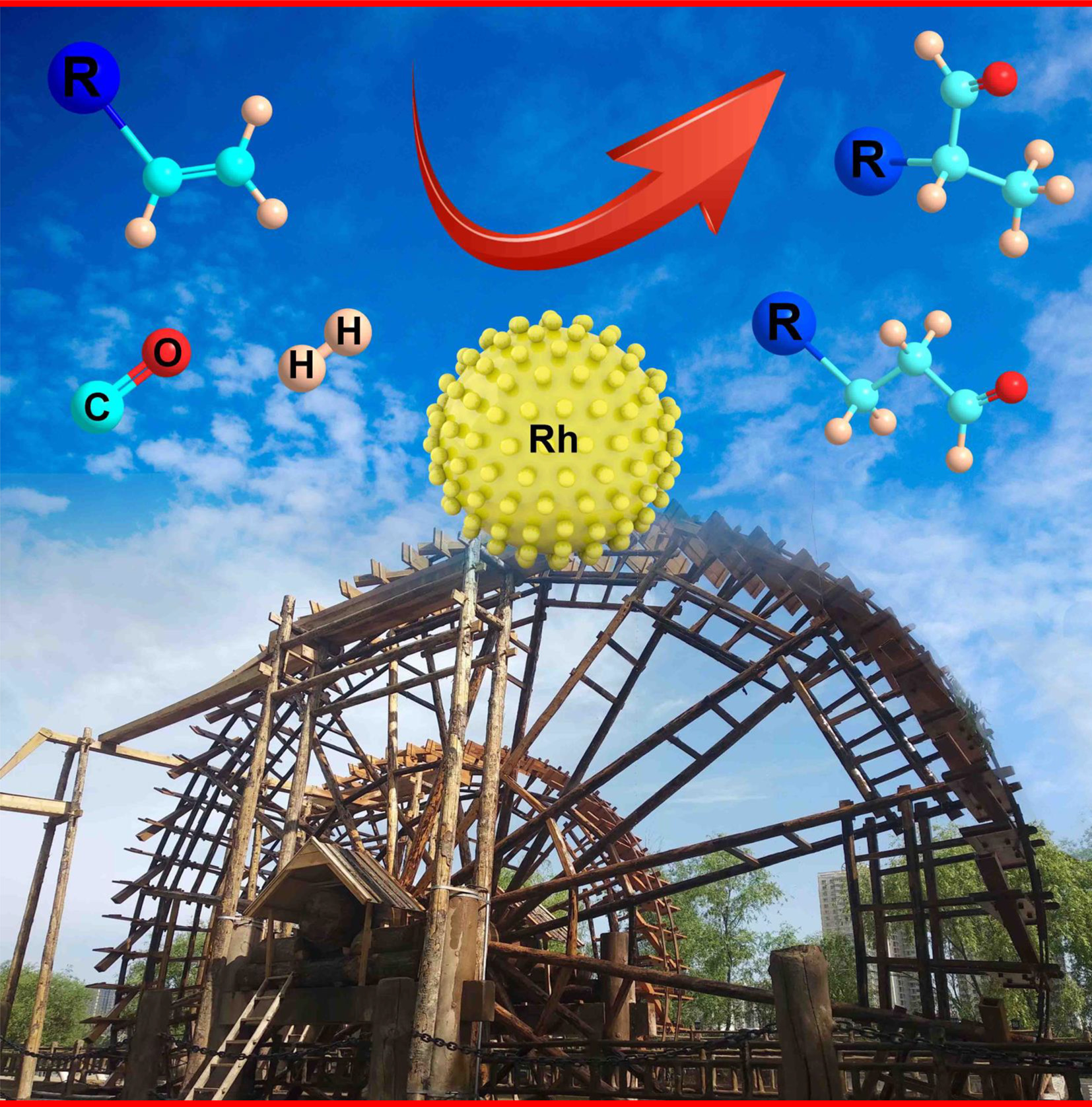
The back cover picture shows an efficient organic ligand-free heterogeneous catalytic system for hydroformylation of olefins with simple Rh particles as the catalyst. The Rh black catalyst showed good catalytic activity for a broad substrate scope including the aliphatic and aromatic olefins, affording the desired aldehydes in good yields. The catalyst could be reused several times without loss of activity under identical reaction conditions, and the Rh leaching was negligible after each cycle. More details are discussed in the article by Shi et al. on page 139-143.






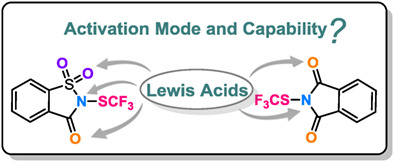

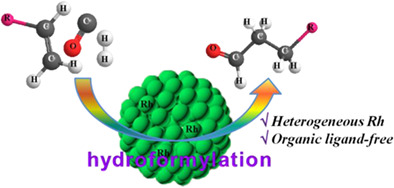
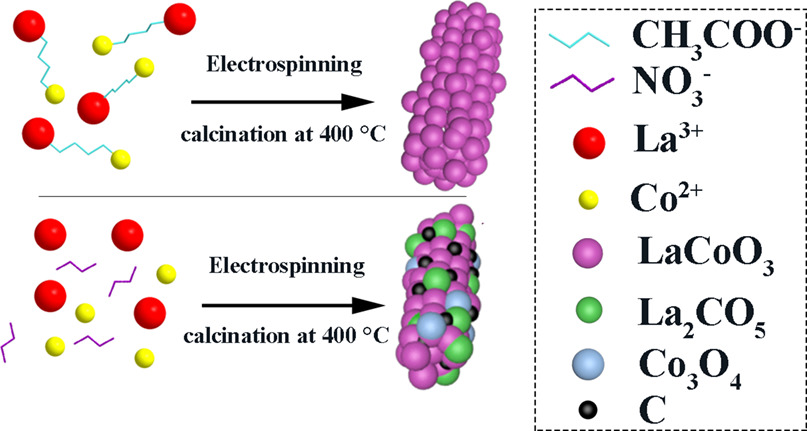

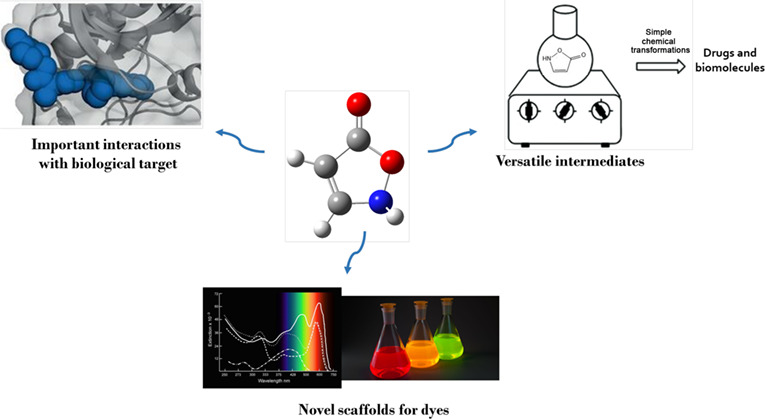

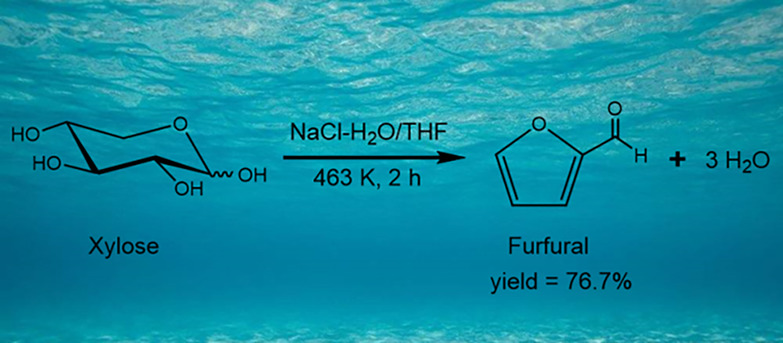
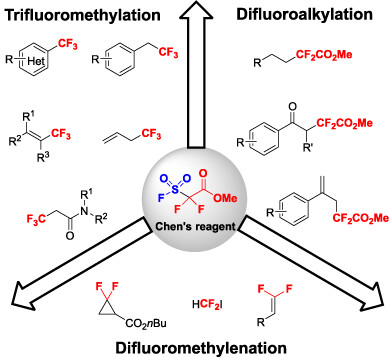
![Pillar[n]arenes: Chemistry and Their Material Applications](/cms/asset/ed326b47-0cfc-4290-a12f-d96ae64e472e/cjoc201900408-toc-0001-m.jpg)






